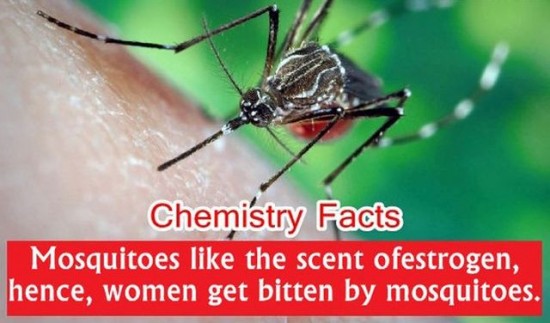2006
Paul I. Howell, MPH, Malaria Research and Reference Reagent Resource Cntr; Prof. Frank Hadley Collins, Dir., Cntr. for Global Health and Infectious Diseases, Univ. of Notre Dame
This A. aegypti female was from a strain of mosquitos named LVP-IB12, an acronym representing the fact that these mosquitos were derived from the Liverpool strain (LVP), and that they were inbred 12 times (IB12), in order to create a more homogeneous genotype. Also, of great importance is the additional fact that this specie is being used in the A. aegypti genome sequencing project. Though the mosquito’s geographical origin is not known, it is believed to be somewhere in Africa.
Dengue (DF) and dengue hemorrhagic fever (DHF) are primarily diseases of tropical and sub tropical areas, and the four different dengue serotypes are maintained in a cycle that involves humans and the domestic, day-biting mosquito, Aedes aegypti, which prefers to feed on humans, and is the most common Aedes species. Infections produce a spectrum of clinical illness ranging from a nonspecific viral syndrome to severe and fatal hemorrhagic disease. Important risk factors for DHF include the strain of the infecting virus, as well as the age, and especially the prior dengue infection history of the patient.
DF and DHF are caused by one of four closely related, but antigenically distinct virus serotypes (DEN-1, DEN-2, DEN-3, and DEN-4) of the genus Flavivirus. Infection with one of these serotypes provides immunity to only that serotype for life, so persons living in a dengue-endemic area can have more than one dengue infection during their lifetime.

